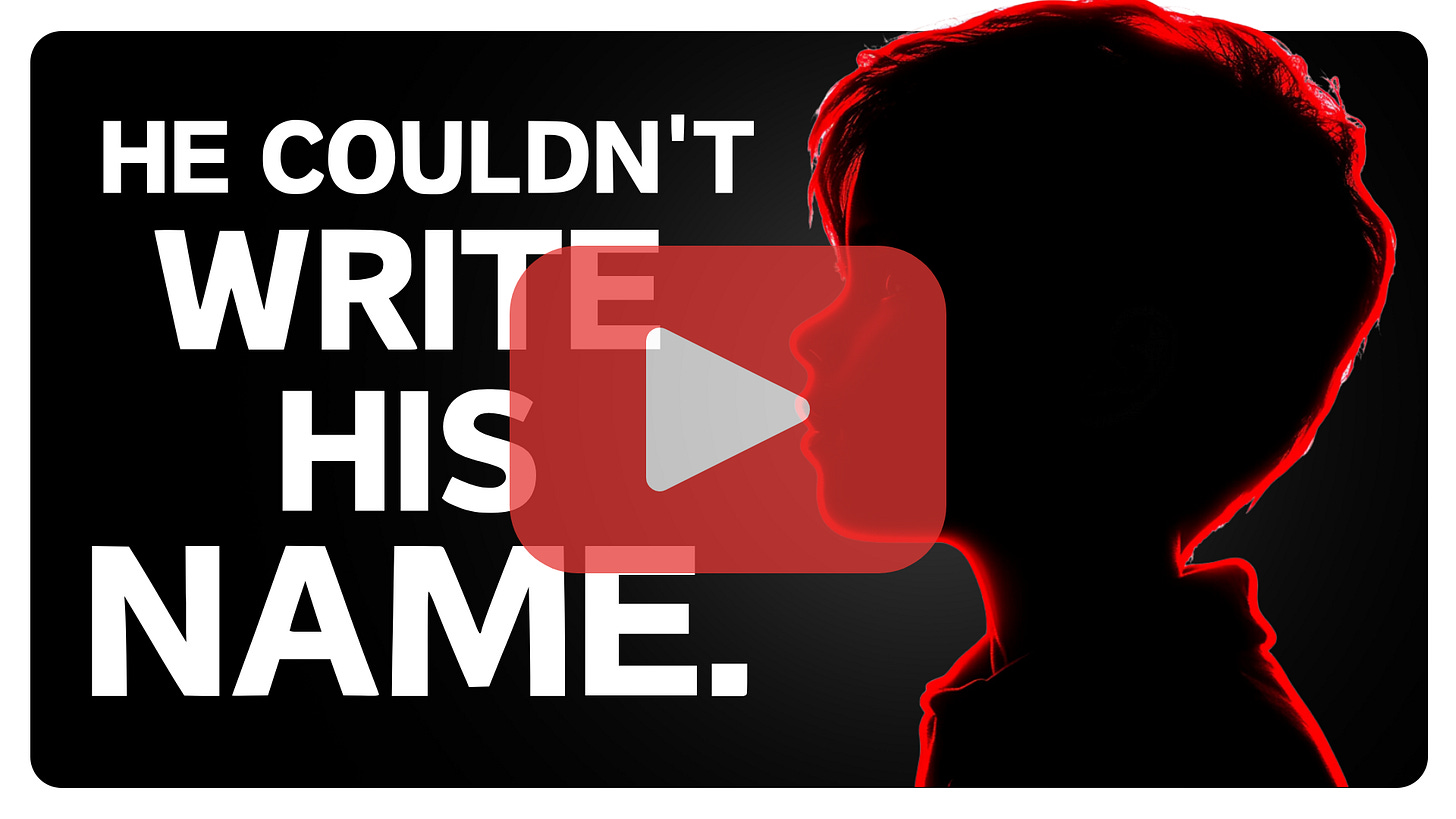He couldn't write his name. The school said that was fine.
How one family's fight changed special education for generations to come
Sometimes the most significant changes start with a single parent refusing to accept "good enough" for their child.
The year was 2010, and Endrew F.'s parents faced a devastating reality. Their son was entering fifth grade, yet his IEP goals were virtually identical to the goals from years before. He had made minimal progress in reading, writing, and behavior. When they expressed concern, the school's response was crushing: this was as good as it would get. For a child with Autism, they suggested, just preventing regression was enough.
Today, I want to share the story of how one family's refusal to accept minimal progress transformed special education standards across America. We'll explore:
How Endrew's situation mirrors challenges many parents face today
What his family did when the school system failed them
How their victory changed the game for every child with an IEP
Let's dive into this remarkable journey.
When "Barely Progressing" Was Considered Enough
Picture this: Your child is struggling with the same basic skills year after year. Their IEP goals barely change. The school assures you they're doing their best, but you watch your child falling further behind. This was Endrew's reality.
In fourth grade, Endrew's behavioral challenges were escalating. He had regular outbursts in class, ran away from school grounds, and displayed severe anxiety. Yet his IEP continued to recycle the same behavior plan that clearly wasn't working. His academic goals were similarly stagnant—he still couldn't write a proper sentence or perform basic math operations.
His parents knew he was capable of more. They saw glimpses of his potential at home. But the school system, bound by the decades-old Rowley standard of providing just enough benefit to advance from grade to grade, considered their efforts sufficient.
The Breaking Point
In 2010, seeing no other option, Endrew's parents made a difficult decision. They withdrew him from public school and enrolled him in a specialized private school for children with Autism. The transformation was remarkable. Within months, the school implemented a behavioral intervention plan that dramatically reduced his disruptive behaviors. He began making real academic progress.
The cost? $70,000 per year.
His parents took their case to court, arguing that the public school's "barely more than minimal" progress standard violated IDEA (Individuals with Disabilities Education Act). The case eventually reached the Supreme Court.
A New Standard Emerges
In 2017, the Supreme Court unanimously sided with Endrew's family. Chief Justice Roberts wrote that schools must offer an IEP "reasonably calculated to enable a child to make progress appropriate in light of the child's circumstances." The days of aiming for minimal progress were over.
Full stop.
Here's what changed because of Endrew F.:
Schools must now provide truly ambitious educational programs
IEP goals must be appropriately challenging
"Barely more than minimal" progress is no longer acceptable
This victory wasn't just for Endrew—it was for every child with an IEP. Today, you can walk into any IEP meeting and cite this case when pushing for more ambitious goals. You can question whether the proposed program is truly "reasonably calculated" to enable appropriate progress for your child.
Next time you're in an IEP meeting and feel the team setting the bar too low, remember Endrew F. Remember that the law now requires schools to aim higher. Your child deserves nothing less.
All the best,
Megan
Let’s connect on socials: Twitter/X | Instagram | Facebook | TikTok | Bluesky
Looking for a particular resource? Shoot me an email and let me know and you may just see that resource included in next week’s newsletter.
PS... If you're enjoying SPED Code, please consider referring this edition to a friend.








